Debt-to-Income
Ratio
The debt to income ratio is a tool lenders use to determine how much money is available for your monthly home loan payment after you meet your other monthly debt payments.
How to figure your qualifying ratio
For the most part, underwriting for conventional loans requires a qualifying ratio of 28/36. An FHA loan will usually allow for a higher debt load, reflected in a higher (29/41) qualifying ratio.
The first number in a qualifying ratio is the maximum percentage of gross monthly income that can be applied to housing costs (this includes loan principal and interest, PMI, homeowner’s insurance, property tax, and homeowners’ association dues).
The second number in the ratio is what percent of your gross income every month which can be spent on housing costs and recurring debt. Recurring debt includes car loans, child support and credit card payments.
For example:
28/36 (Conventional)
- Gross monthly income of $3,500 x .28 = $980 can be applied to housing
- Gross monthly income of $3,500 x .36 = $1,260 can be applied to recurring debt plus housing expenses
With a 29/41 (FHA) qualifying ratio
- Gross monthly income of $3,500 x .29 = $1,015 can be applied to housing
- Gross monthly income of $3,500 x .41 = $1,435 can be applied to recurring debt plus housing expenses


